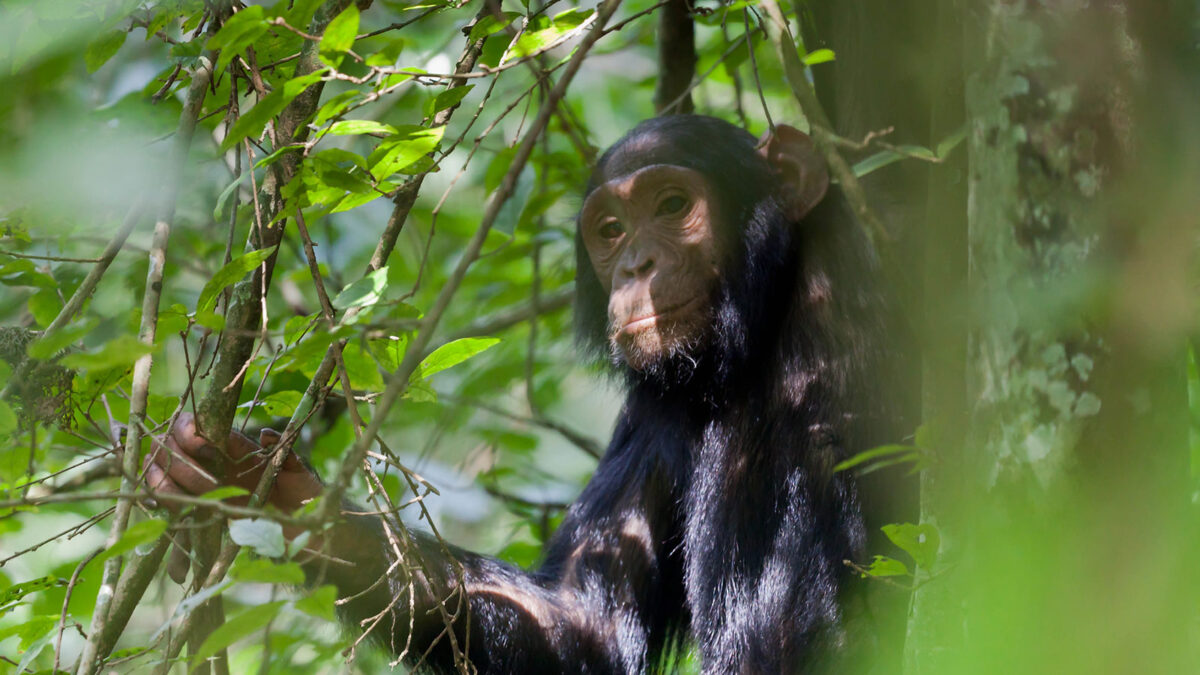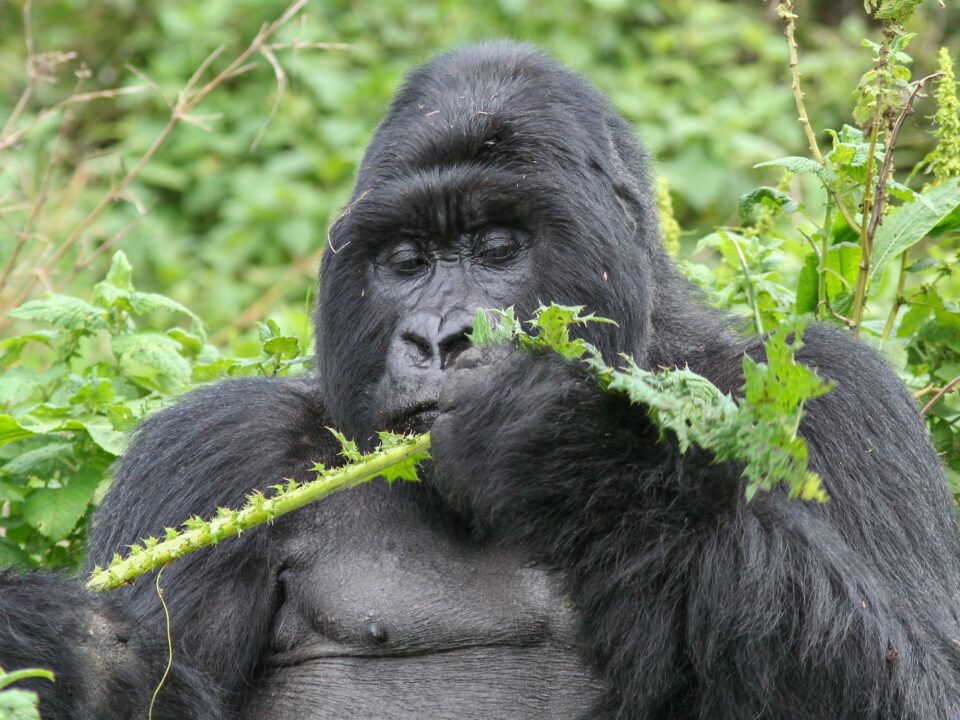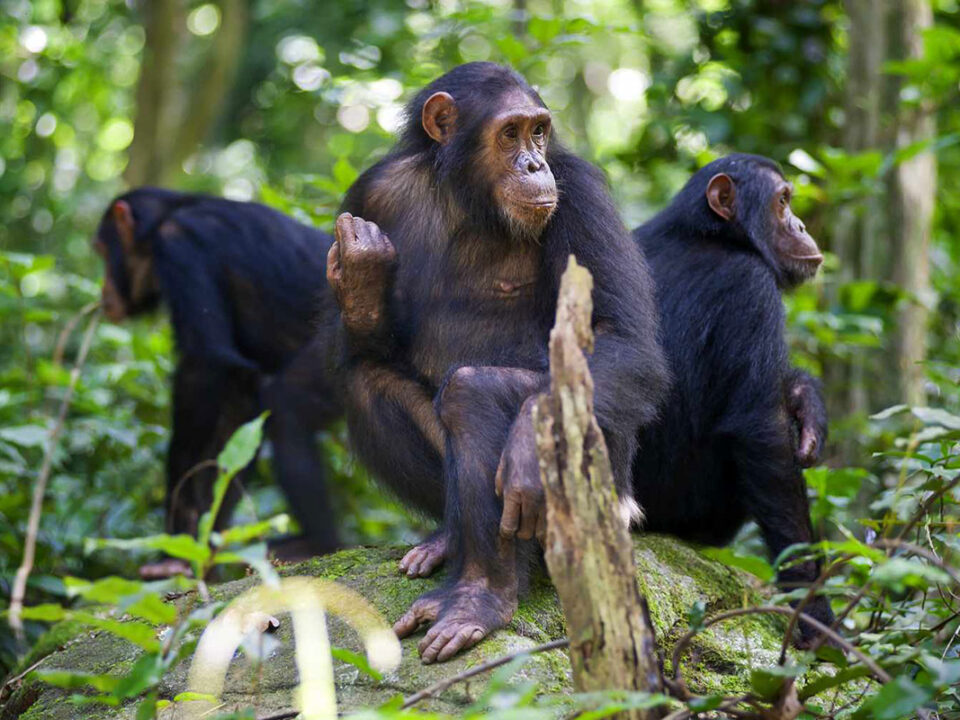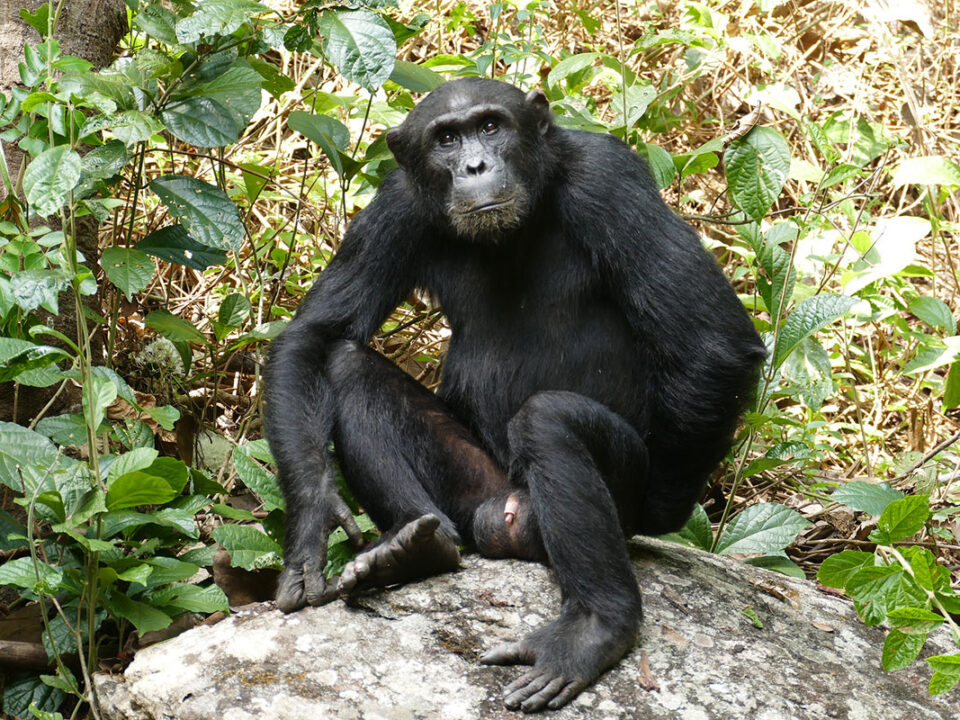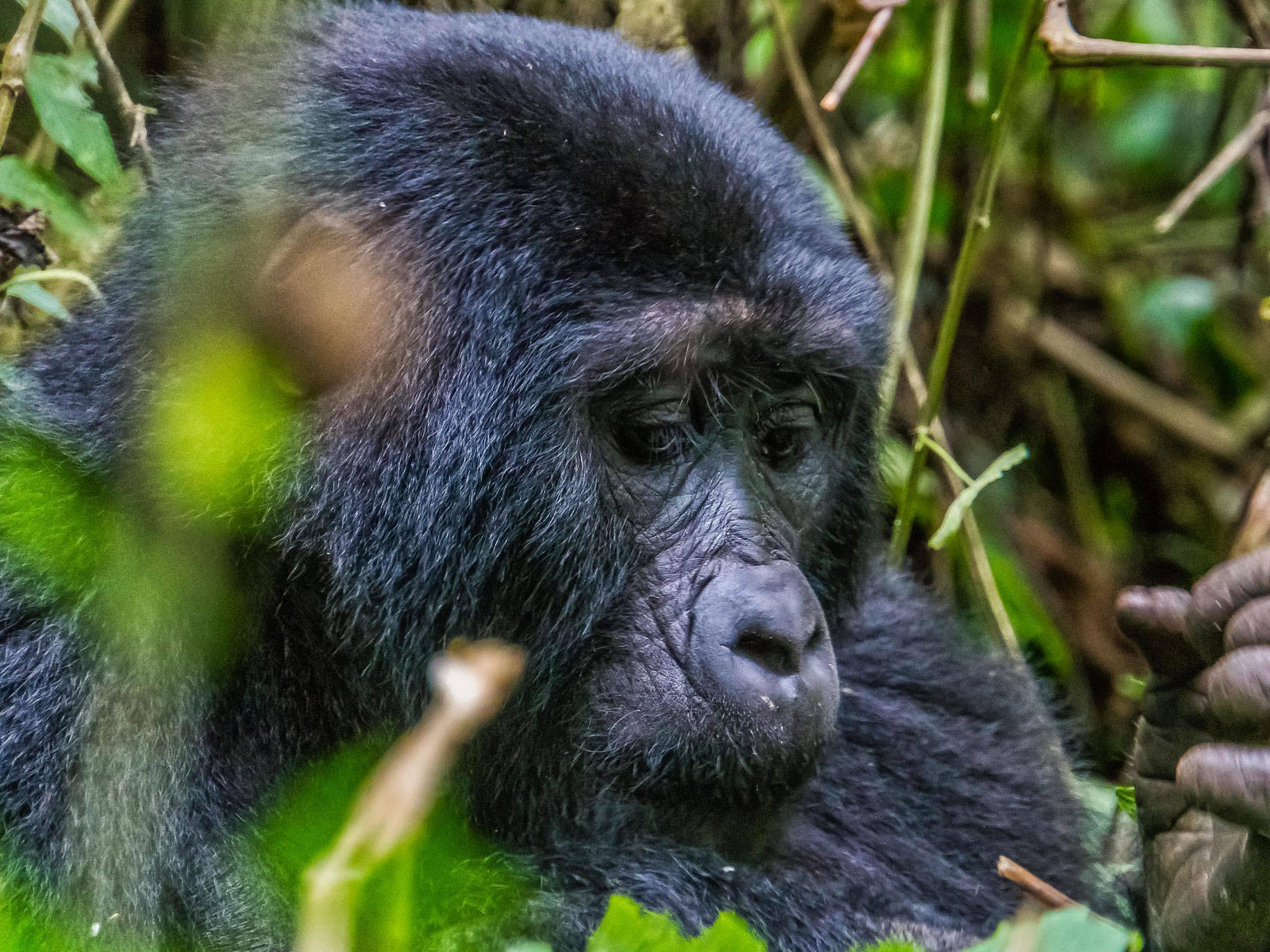
Common Mistakes To Avoid When Planning a Gorilla Safari to Africa
April 24, 2023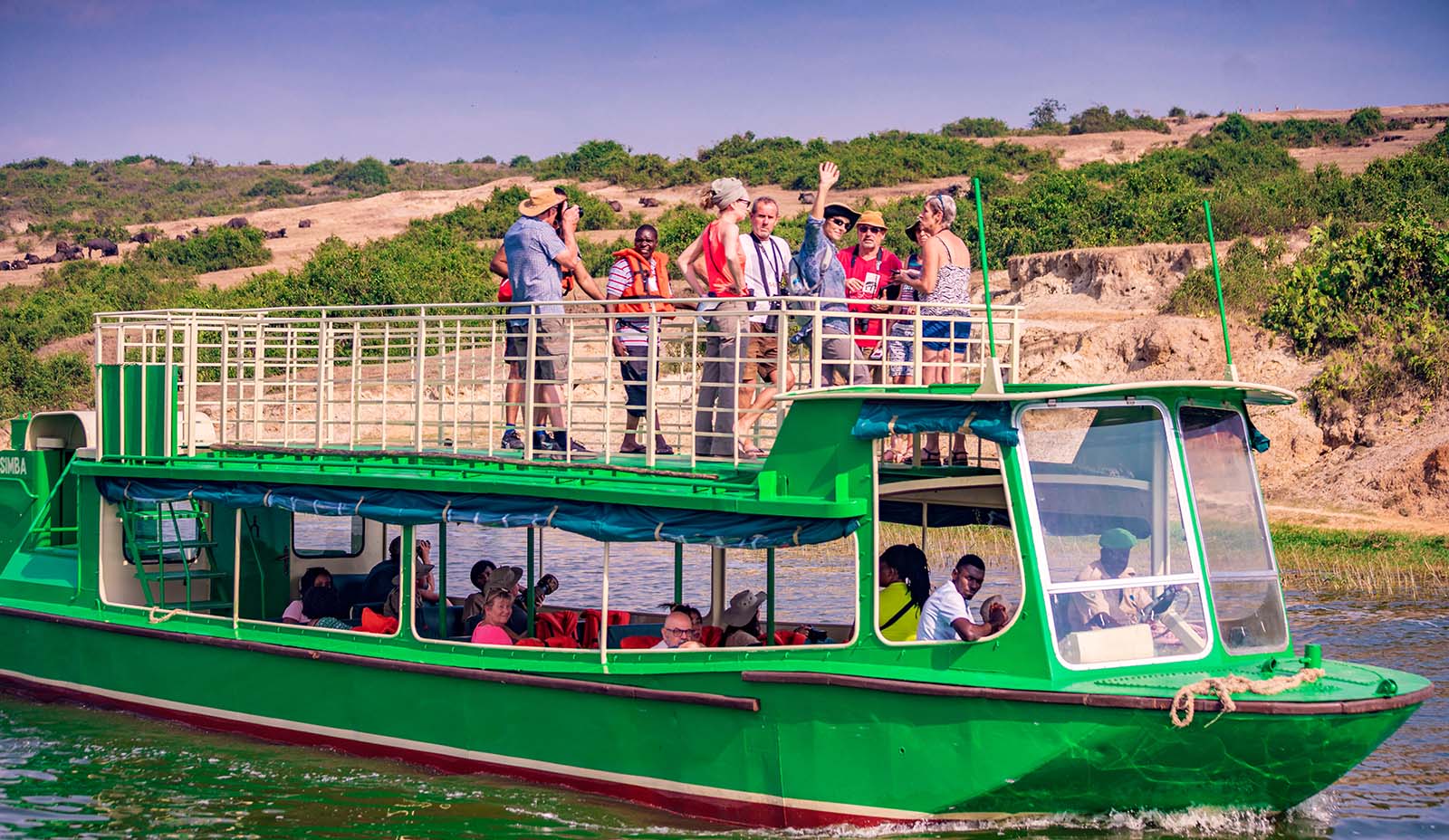
Common Mistakes To Avoid When Planning a Group Safari
April 24, 2023Common Mistakes To Avoid When Planning A Chimpanzee Trekking Safari in Uganda and Rwanda
Embarking on a chimpanzee trekking safari in Uganda and Rwanda is an incredible opportunity to witness these fascinating creatures in their natural habitat. With over four locations between the two countries offering the chance to observe chimps and other primates, the experience is truly unforgettable.
However, planning such a safari can be overwhelming, especially for first-timers. From choosing the wrong accommodation to tracking in the wrong area or having unrealistic expectations, there are several common mistakes to avoid.
Don’t let these challenges discourage you! With some careful planning and preparation, you can avoid these pitfalls and have an amazing safari experience. In this article, we’ll discuss the most common mistakes and provide solutions to help you plan a successful chimpanzee trekking safari in Uganda and Rwanda.
Choosing the Wrong Primates Park
One of the most common mistakes that travelers make when planning a chimpanzee trekking safari is choosing the wrong primate park. This can easily ruin the entire journey when they can’t find the chimps they had hoped to observe. With more than four places to watch chimps in Uganda and one in Rwanda, it is essential to select the right location that suits your budget and preferences.
If you’re planning a chimpanzee trekking safari in Uganda, Kibale National Park is the best location. This 296-square-mile rainforest park has the highest concentration of primates in the region, including the largest population of chimpanzees. The park offers the most entertaining troops of habituated chimps, with daily chimp trekking excursions happening twice every day. A permit for chimp trekking in Kibale costs $200, and the closest alternative is Kanyiyo Padibi in Budongo Forest, where a permit costs $40 per person.
However, it’s crucial to note that Kyambura Gorge in Queen Elizabeth National Park is currently closed off. Avoid the mistake of booking your safari in the park and expecting a good chimp trekking experience in Kyambura. Instead, focus on Kibale or other suitable locations for the ultimate chimpanzee trekking experience.
Getting to Kibale from the International Airport in Entebbe is easy, with a five to a five-hour drive west of Kampala. Accommodation is readily available outside the park, with easy access to the visitor center at Kanyanchu.
In Rwanda, Nyungwe Forest in the south is an excellent choice for chimp trekking, especially for travelers tracking mountain gorillas in Volcanoes National Park. It’s common for travelers to watch gorillas in Volcanoes National Park and add chimp trekking to their itinerary for a comprehensive primate experience.
Booking with the Wrong Company or Person for Your Chimpanzee Trekking Safari
One common mistake that first-time visitors make when planning a chimpanzee trekking safari is booking with the wrong company or person. It’s essential to avoid booking your safari with unlisted companies operating out of briefcases. These companies may book you into subpar accommodations or even fail to show up when you need them the most.
Choosing the best company for a chimpanzee trekking safari from hundreds of available local operators can be challenging. However, you can find the best recommendations from people you know or from reading reviews from travelers who’ve had previous experiences.
The internet is also a great source of information, with blogs and travel guides providing insights into chimpanzee trekking safaris in Uganda and Rwanda. By doing your research, you can find a reputable company or person to help plan your safari.
At Trek Africa Expeditions, our consultants are knowledgeable and provide expert advice on planning your chimpanzee safari. Whether you’re a first-time visitor or not, we’ll be delighted to assist you in avoiding the common mistakes most travelers make. So, send us an email today, and let us help you plan the ultimate chimp trekking safari in Uganda and Rwanda.
Booking the Wrong Accommodation for Your Chimp Trekking Safari
Booking the wrong accommodation for your chimpanzee trekking safari can ruin your entire experience, especially if you miss out on the scheduled excursion due to the distance between your lodging and the park entrance. To avoid this common mistake, it’s crucial to ensure that your accommodation is located close to the park.
While all chimp trekking parks have accommodation options outside the entrance gate, finding the right one can be a challenge. Booking through a local operator can provide you with better options that fit your budget and preferences.
For instance, Kibale ForestNational Park offers a variety of accommodation options, ranging from midrange to high-end lodges located just outside Kanyachu. In the crater lakes region and Fort Portal town, you’ll find all types of lodges, from low-budget to luxury hotels.
If you’re planning to visit Nyungwe Forest National Park, you have several luxury accommodation options, including Nyungwe House and Nyungwe Forest Lodge, both of which offer premium amenities. The mid-range options are Nyungwe Top View Hill and Gisakura Guesthouse, while the budget options require you to drive a little further out to the nearest town, which means you’ll need to wake up early to make it in time for the excursion.
Trekking in the Wrong Season
When planning a chimp trekking safari in Uganda and Rwanda, it’s essential to consider the season. There are two seasons: the wet season with regular rainfall and the dry season.
Many travelers avoid the wet season, making the dry months the peak travel months in the region. It’s crucial not to make the mistake of planning your chimp trekking safari during the rains when walking on muddy trails and under heavy rains can ruin your experience.
The best time to plan your safari is during June to September and December to February. The trekking trails and roads are dry enough for a comfortable hike during these months. However, availability can be quite challenging for self-planners during the peak season.
If you’re planning to travel during the peak season, it’s best to start planning your chimpanzee trip a year in advance to synchronize your travel dates with the availability of hotel rooms and trekking permits.
The wet season is during March to May, October, and November, and fewer travelers visit during this time. Service providers offer discounts during the wet season, making it an excellent opportunity for budget travelers.
However, accessing the chimps during the rainy season can be a hassle. You may have to hire 4×4 trucks in places like Nyungwe to travel from your lodge to the trailhead. Many travelers prefer such challenging hiking experiences to the sweet luxuries of the dry months.
In summary, don’t make the mistake of traveling in the wrong month. Plan your chimp trekking safari well and choose a season that works best for you, whether you prefer a comfortable hike or a more challenging one.
Not Improving Your Health and Fitness levels before you come.
It’s crucial to assess your physical fitness level before embarking on a chimpanzee trekking safari. Underestimating the activity’s demands can lead to discomfort, pain, or injury, ruining the experience.
The trek involves hiking through dense forests, tracking the chimpanzees’ whereabouts, and spending hours observing them. There are no defined paths, and the duration of the hike depends on the chimp’s location.
Expert guides lead the group, and their experience is invaluable in finding the chimps. Once located, you will spend a minimum of an hour observing and interacting with them.
Chimpanzees are active primates and move around frequently, which means you will need to be on your feet for an extended period. It is essential to have adequate physical fitness levels to maintain an enjoyable and safe experience.
Not Following the Rules and Regulations
Don’t put yourself or the chimpanzees at risk by disregarding the guidelines for chimpanzee trekking safaris. These guidelines are in place to protect the endangered species and ensure a safe experience for all.
Chimpanzee trekking safaris take place in their natural habitat where their behavior cannot be controlled. The rules and regulations are crucial for managing the risks involved and ensuring the well-being of the chimpanzees.
The most critical guideline is to stay away from the trek if you feel unwell. Chimpanzees share 98% of our DNA and can easily contract human diseases, making it imperative to protect them from potential infections.
While on the trail, wearing a facemask is mandatory when near the chimps to safeguard against the unexpected spread of illnesses. You must keep a distance of at least seven meters from the apes and refrain from touching them.
It’s prohibited to eat, drink, smoke, or use the restroom near the chimps. Stick to the trekking group and avoid intimidating the primates. Pay attention during the briefing at the entry point to know and apply the rules precisely.

